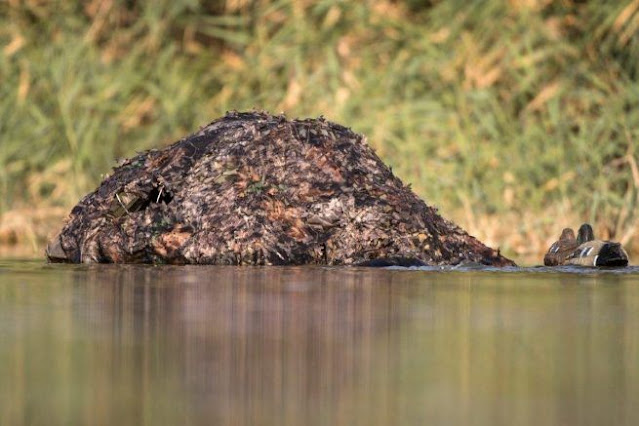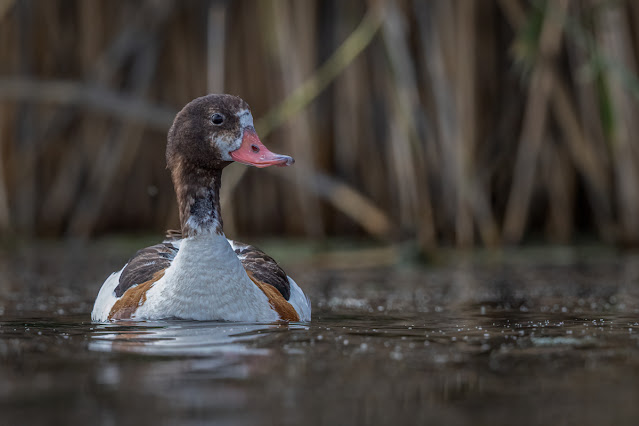Day 6, AM - Lesser Kestrels 2
This morning is a repeat of a session I did a few days ago aborted after only a few minuets as result of a bird ringers group meeting, cars arriving, talking, the disruption was such that all the birds promptly departed off into the countryside not to return.
In a different location this morning from my previous visit facing a tiled roof on the other side of the building, there's no sight of the adult Kestrels just a few newly fledged birds sitting around the roof, some poking heads out from under the roof tiles.
I'm hoping for more of the same activity as seen yesterday with the adults bring food for the juveniles, or hovering in the wind..but no luck again. The Jackdaws are still present waiting to rob any kestrel that aren't alert but little else, just an odd Hoopoe.
The action's slow so I'm afraid it's just static shots for the session of these summer migrants to the region.
El Taray Map
Lesser Kestrel
Lesser Kestrel - fledgling
Day 6, PM - Hydro Hide 2.
On the first hydro hide visit I really didn't know what to expect as a result it was a bit hit and miss aimlessly paddling around the lake, today is different as I have a plan all worked out, well I think I have !
I'm heading up to where the breeding Black-head Gulls colony is located where also the Black-necked Grebe's nest on the fringes of the colony for security. The noise is constant especially when a Marsh Harrier zooms in to try and grab an egg or fledgling then the gulls take to the air on mass to chase off the harrier, whilst the gulls are all frantic the grebes seem to calmly cover the eggs before they leave the nest.
Even thou it's still full sun under under the shade of some tall reeds there's no harsh light, and surprisingly the grebes are very approachable, even when there's some human paddling round a floating tent.
Black-necked Grebe
Squacco Heron
Squacco Herons can be seen sat on reed clumps....slow and steady to approach thou !
Glossy Ibis
Like the Squacco's the "glossy's" use the reed clumps to rest up, a real stunner in the sun light.
White-headed Duck
A real difficult subject to get near. I was lucky with this individual as I spotted the duck cruising towards me, getting into position some distance in front I waited for it to approach, You only get a few shots before it steams passed as they are fast movers when they know your there, try to catch up and it movers faster, faster than even I can paddle.
Exposure, trying not blowing out the whites on the ducks head is paramount.
























































